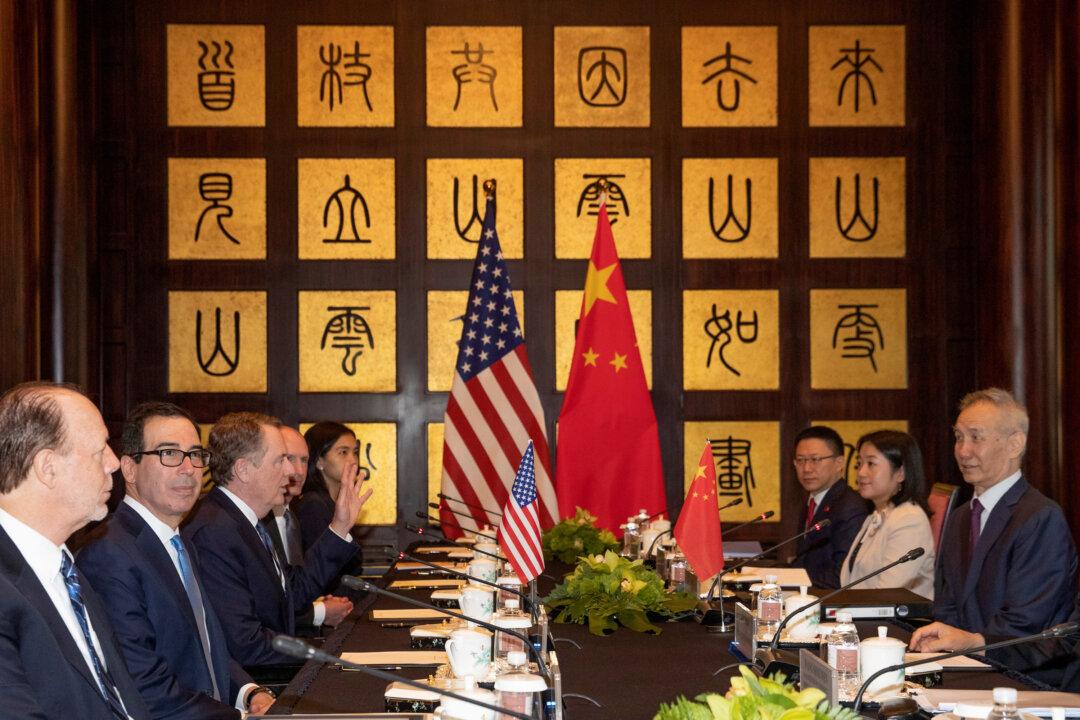SHANGHAI —U.S. and Chinese negotiators wrapped up a brief round of trade talks on July 31 that Washington and Beijing described as “constructive,” including discussion of further purchases of American farm goods and an agreement to reconvene in September.
The first face-to-face trade talks since a ceasefire was agreed last month amounted to a working dinner on Tuesday at Shanghai’s historic Fairmont Peace Hotel and a half-day meeting on Wednesday, before U.S. Trade Representative Robert Lighthizer and Treasury Secretary Steven Mnuchin flew out.





